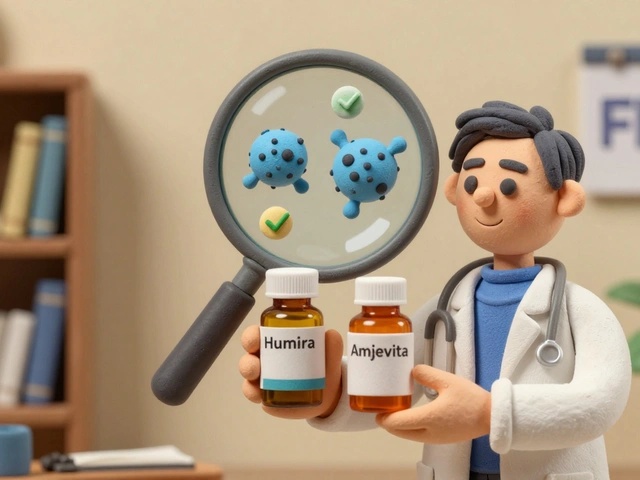In a recent article, I came across the intriguing topic of whether there is a connection between eye inflammation and migraines. It turns out that some studies suggest a link between the two, as inflammation in the eye can potentially trigger migraines. On the other hand, migraines can also cause eye inflammation as a secondary effect. Further research is needed to fully understand this connection, but it's definitely an interesting area to explore for those who suffer from migraines or eye issues. Stay tuned for more updates on this fascinating topic!
Eye Inflammation: What’s Happening and What To Do Now
Red, sore, or watery eyes can stop your day fast. Eye inflammation covers a lot of conditions—from pink eye to deeper problems like uveitis. This short guide helps you spot the likely cause, try safe first-aid at home, and know when to get medical help.
Common causes and how to tell them apart
Conjunctivitis (pink eye) is the most familiar: red eye, itch or grittiness, and discharge. If the eye is crusty in the morning and sticky, think bacterial; clear watery discharge with itching points to viral or allergic causes.
Blepharitis affects the eyelid edges. You’ll notice flaky skin, burning, and eyelid swelling more than the eyeball itself. Styes are local bumps on the lid and feel tender.
Uveitis and scleritis are deeper, often painful inflammations. They bring strong eye pain, light sensitivity, blurred vision, or a dark spot floating in your sight. These need fast evaluation because they can threaten vision.
Injury, foreign bodies, or chemical exposure can also inflame the eye. Contact lens wearers are at higher risk of serious infections—especially if lenses are worn overnight or cleaned poorly.
Simple care and when to see a doctor
For mild cases you can try a few safe steps at home: wash hands often, avoid touching your eyes, stop wearing contact lenses until the eye heals, and use a clean warm compress (10–15 minutes) to ease irritation. Over-the-counter lubricating drops (artificial tears) help dryness and general discomfort. For allergic inflammation, OTC antihistamine drops or oral antihistamines usually help.
Don’t self-prescribe antibiotic drops unless a healthcare professional confirms a bacterial infection. Viral infections and many allergic cases won’t improve with antibiotics and misuse can cause problems.
Get medical help right away if you have any of these: strong pain, sudden vision loss, intense light sensitivity, a foreign object embedded in the eye, a chemical splash, or symptoms that worsen quickly. If you wear contacts and the eye is red and painful, see a provider the same day.
Treatment choices vary: antibiotic drops for bacterial infections, antiviral meds for certain viral cases, steroid drops for some inflammatory conditions (only under doctor supervision), or oral meds for deeper issues. Your provider may also run tests or refer you to an eye specialist.
Want more details on specific medications or step-by-step care? Check the related articles on CanadaDrugStore for guides about antibiotics, antivirals, and safe online pharmacy options. If you’re unsure about symptoms, call a clinic—quick action often prevents bigger problems.






